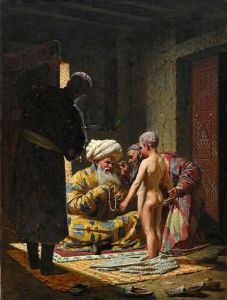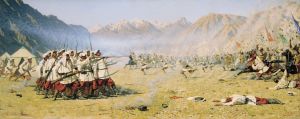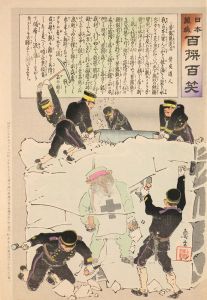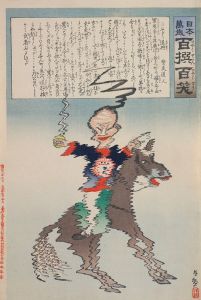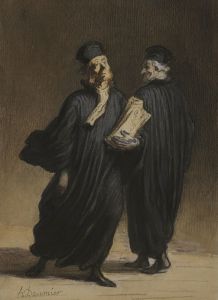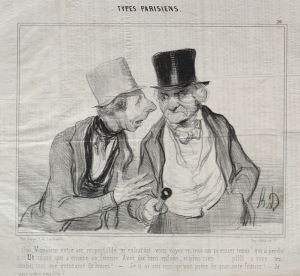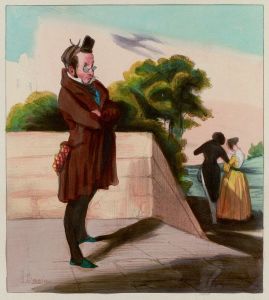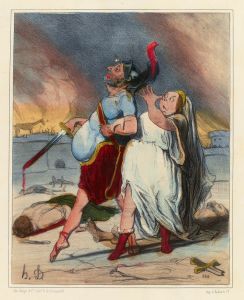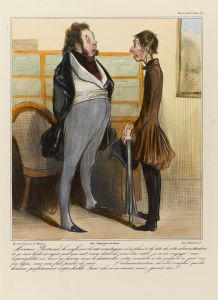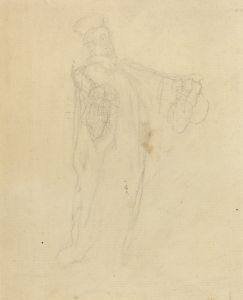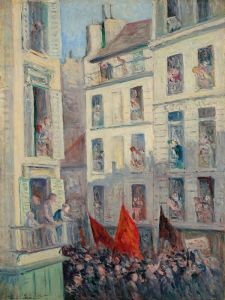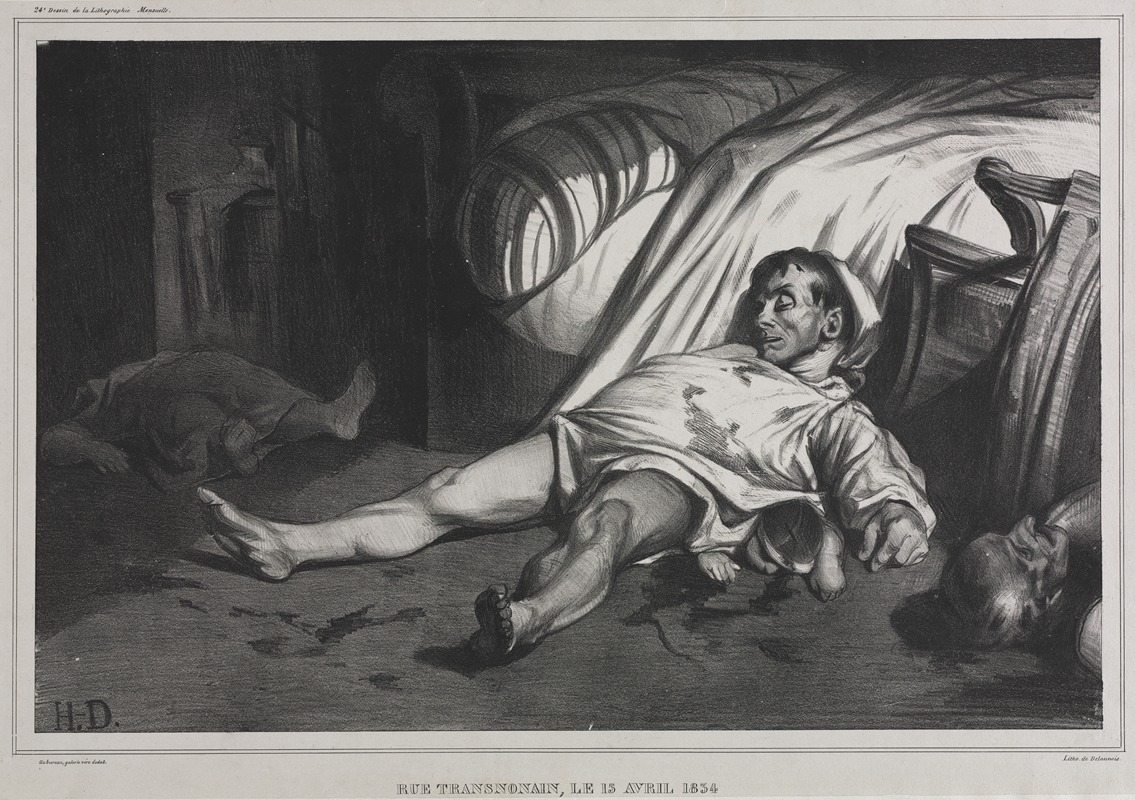
Rue Transnonain, April 15, 1834
A hand-painted replica of Honoré Daumier’s masterpiece Rue Transnonain, April 15, 1834, meticulously crafted by professional artists to capture the true essence of the original. Each piece is created with museum-quality canvas and rare mineral pigments, carefully painted by experienced artists with delicate brushstrokes and rich, layered colors to perfectly recreate the texture of the original artwork. Unlike machine-printed reproductions, this hand-painted version brings the painting to life, infused with the artist’s emotions and skill in every stroke. Whether for personal collection or home decoration, it instantly elevates the artistic atmosphere of any space.
"Rue Transnonain, April 15, 1834" is a lithograph created by the French artist Honoré Daumier. This powerful work is renowned for its stark depiction of the aftermath of a massacre that occurred during the April 1834 riots in Paris. Daumier, known for his keen social commentary and satirical style, used this piece to convey the brutal reality of government repression during a period of civil unrest.
The historical context of the lithograph is crucial to understanding its impact. In April 1834, a series of worker uprisings took place in various French cities, including Paris, Lyon, and Marseille. These uprisings were largely a response to the oppressive labor conditions and the government's attempts to suppress the burgeoning workers' movement. The government, led by King Louis-Philippe, responded with force to quell these disturbances.
The specific event depicted in Daumier's lithograph occurred on the night of April 14-15, 1834, on Rue Transnonain in the Saint-Martin district of Paris. During the suppression of the riots, French troops entered a building on this street, suspecting it to be a stronghold of insurgents. In the chaos that ensued, the soldiers killed several inhabitants, including men, women, and children. This tragic incident became emblematic of the brutal measures employed by the government to maintain order.
Daumier's lithograph captures the somber aftermath of the massacre. The image shows the interior of a modest room, where the lifeless body of a man lies sprawled on the floor, his nightshirt stained with blood. The man appears to have fallen backward, his limbs splayed awkwardly, suggesting a sudden and violent death. The stark realism of the scene is heightened by the presence of a child's body partially visible beneath the man, hinting at the indiscriminate nature of the violence.
The lithograph's composition is notable for its use of chiaroscuro, the contrast between light and dark, which Daumier employs to dramatic effect. The dimly lit room, with its sparse furnishings and the stark figure of the dead man, creates a haunting atmosphere that underscores the tragedy of the event. Daumier's choice to focus on a single, poignant moment rather than a chaotic scene of violence allows the viewer to contemplate the human cost of political repression.
"Rue Transnonain, April 15, 1834" was published in the satirical journal "La Caricature," where Daumier frequently contributed his works. The lithograph quickly gained notoriety for its unflinching portrayal of state violence and became a symbol of resistance against authoritarianism. It remains one of Daumier's most celebrated works, exemplifying his ability to blend artistic skill with social critique.
The impact of Daumier's lithograph extended beyond its immediate historical context, influencing future generations of artists and activists. It serves as a poignant reminder of the power of art to document and challenge social injustices, and it continues to be studied and admired for its artistic and historical significance.





